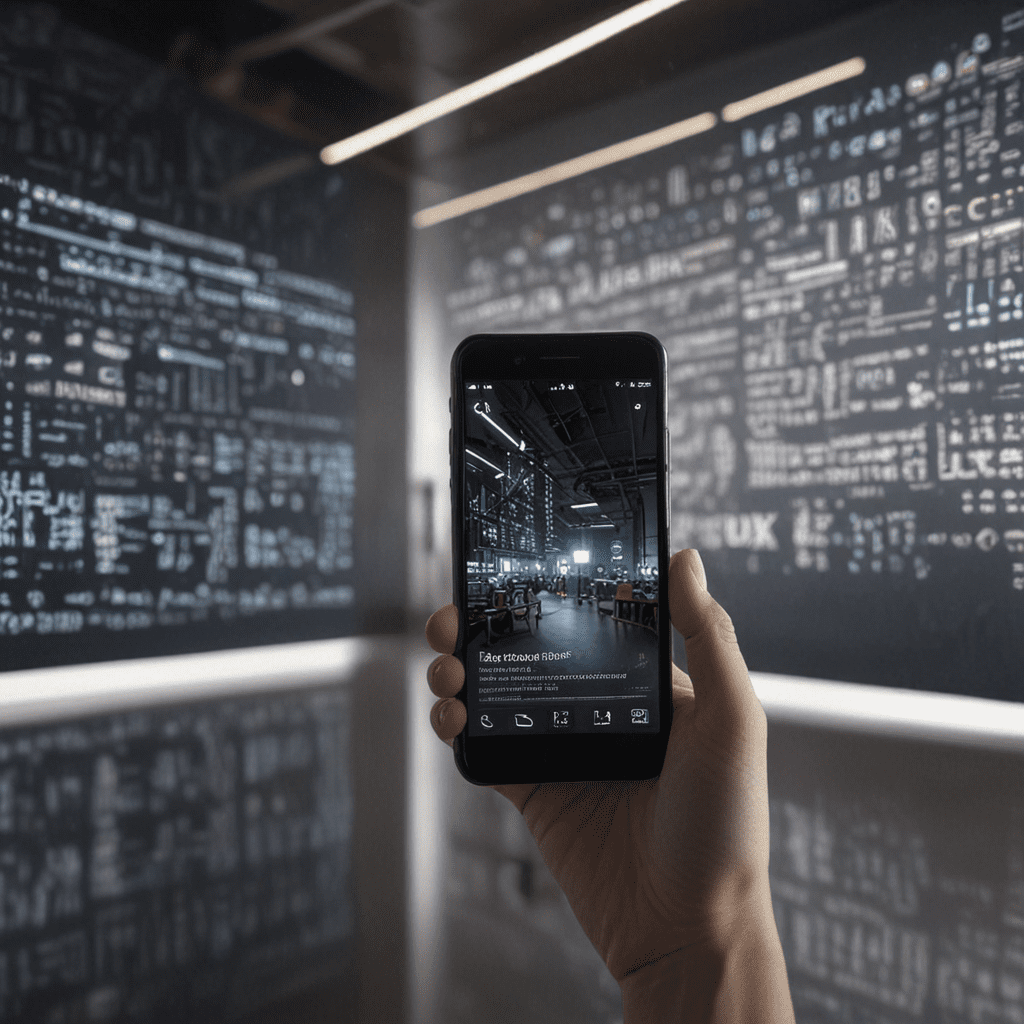
The Influence of User Motivation on User Experience (UX) Design
Introduction
User motivation plays a pivotal role in shaping the usability and overall effectiveness of user experience (UX) design. Understanding and addressing the motivations driving users' interactions with digital products and services is crucial for UX professionals to deliver compelling experiences that fulfill user needs.
Types of User Motivation
There are two main types of user motivation: intrinsic and extrinsic. Intrinsic motivation stems from the pleasure or satisfaction users derive from the activity itself, while extrinsic motivation is driven by external rewards or incentives. Identifying the type of motivation that drives users helps designers tailor design solutions to align with their goals.
Understanding User Motivations Through Qualitative Research
Qualitative research methods, such as interviews and user observation, provide insights into the underlying motivations driving user behavior. By delving into users' thoughts, feelings, and behaviors, designers can gain a comprehensive understanding of their needs, desires, and frustrations. This information serves as a roadmap for creating UX designs that resonate with users on a personal level.
Creating Intrinsic Motivation Through Engagement
Intrinsic motivation can be fostered by creating experiences that are enjoyable, engaging, and intellectually stimulating. Designers can achieve this through gamification, storytelling, interactive elements, and personalized recommendations that cater to users' interests. By making tasks enjoyable and meaningful, UX designs encourage continued usage and foster long-term engagement.
Fostering Extrinsic Motivation Through Rewards
Extrinsic motivation can be strengthened through rewards and incentives. Designers should carefully consider the types and frequency of rewards offered, ensuring they align with users' goals. This could involve offering badges, points, leaderboards, or exclusive access to features or content. By recognizing and acknowledging user achievements, UX designs incentivize desired behaviors and promote user loyalty.
Overcoming Demotivating Factors
UX designers must anticipate potential demotivators and find ways to mitigate their impact. Common demotivators include frustration, confusion, boredom, and a lack of control. By addressing these demotivators through clear navigation, helpful error messages, engaging content, and customizable options, UX designs create a positive and motivating environment that encourages continued interaction.
Measuring the Impact of User Motivation on UX
Evaluating the impact of user motivation on UX is essential for optimizing designs. Designers can use qualitative and quantitative metrics, such as user feedback, satisfaction surveys, time on site, conversion rates, and task completion rates. By tracking these metrics, UX professionals gain insights into how motivation affects user experience and make informed adjustments to improve outcomes.
Ethical Considerations in User Motivation Design
User motivation design should be approached ethically, respecting users' privacy, autonomy, and well-being. Designers must avoid manipulative or coercive techniques and ensure users maintain control over their experiences. Transparency in reward structures and the use of data for motivation purposes is also essential to maintain trust and build lasting relationships with users.
Future Trends and Challenges in User Motivation-Driven UX Design
The future of user motivation-driven UX design lies in advances in artificial intelligence (AI) and personalization. By harnessing AI, designers can create adaptive designs tailored to individual motivations, delivering highly personalized experiences that optimize user engagement. Furthermore, addressing emerging user expectations for ethical, sustainable, and inclusive designs will continue to challenge UX professionals, calling for innovative solutions that balance motivation with societal responsibility.
Frequently Asked Questions
What are the key types of user motivation?
The main types of user motivation are intrinsic (stemming from internal satisfaction) and extrinsic (driven by external incentives).
Why is understanding user motivation crucial in UX design?
Understanding user motivation helps designers align design solutions with user goals, creating engaging experiences that fulfill needs and encourage desired actions.
How can UX designs foster intrinsic motivation?
Designers can foster intrinsic motivation through enjoyable, engaging, and stimulating experiences, such as gamification, interactive elements, and personalized content.
What are some strategies to overcome demotivating factors in UX design?
Common strategies include providing clear navigation, helpful error messages, engaging content, and customizable options, all of which reduce frustration and promote a positive experience.


